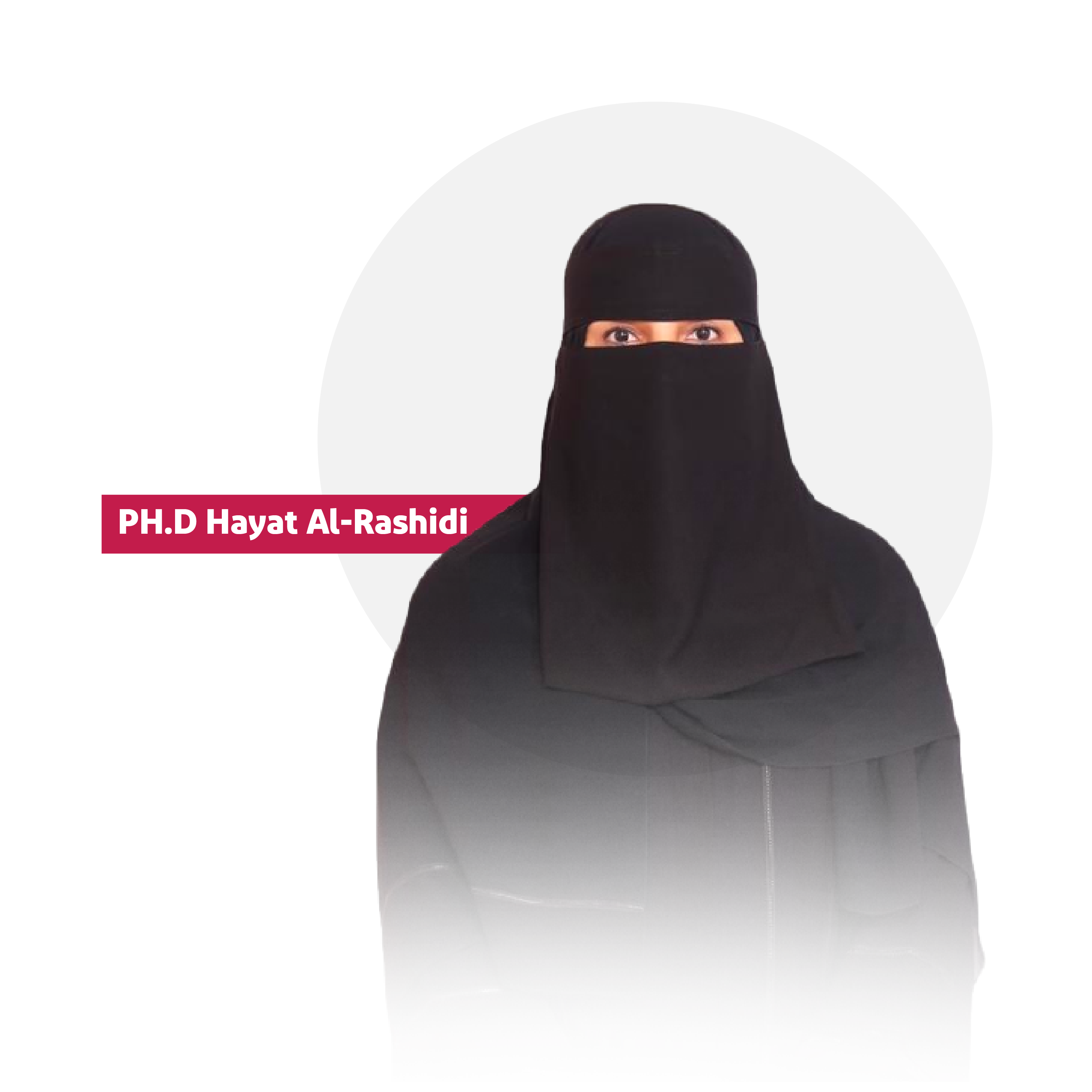
The copy of the Qur’an
by Ottomans and the way it was written
The mistakes that are propagated continue, and therefore those who know the truth cannot believe these mistakes, despite their realism. Among those errors is the attribution of Ottoman’s copy of the Qur’an to the Ottomans.
Who is attributed to whom? Did the Ottomans ascribe Ottoman’s copy of the Quran to themselves, or was it attributed to them?
Whatever the matter was, the missing or forged facts remain the most prominent in our world, including that many people wanted to understand the origin of Ottoman’s copy of the Qur’an, and some of them refused to focus on the logic of the news, which is:
The first person to compile the Noble Qur’an in one book “The Mushaf” was the third of the Rightly Guided Caliphs, Othman Ibn Affan. It is known as The Mushaf of Othman “Othman’s copy of the Quran”. They called it the Imam Qur’an “the Qur’an that guides them”. The reason for this name is the saying of Caliph Othman: “O companions of Muhammad, gather together and write the Imam Qur’an for the people”.
So, what is “Othman writing style” for which the first compilation of the words of Allah Almighty and the preservation of his words is known?
Orthographic drawing is the launch of the word to the form in which it came, and that is based on the appreciation of its initiation and stopping at it. It is also called the standard drawing. This is because there is strict observance of the rules of orthography and vocalization in general, where the words and sentences are exactly the same as the pronunciation. In the orthographic drawing, the words of the Holy Qur’an are written according to correct rules and spelling.
As for Othman’s style of writing or drawing, it is a science by which the contraventions of the lines of other versions of Othman’s Mushaf are known. It is considered contrary to the standard drawing or orthography, which is writing the words of the Holy Qur’an in terms of verbal quality and words, and it is called conventional drawing. It is the drawing on which all the companions of the Prophet Muhammad agreed, especially in the time of the companion Othman bin Affan, may God be pleased with him.
After the aforementioned summary of an important historical news, how can someone ignore the attribution of Othman’s Mushaf to someone other than the Al-Rashidy Caliph, may Allah be pleased with him? This cannot be ignored, especially in light of the presence of another factor, which is that the country to which the Mushaf is attributed is a foreign country. With simple thinking, it becomes clear to those who do not know that the Qur’an cannot be attributed to the Ottomans, nor can it be attributed to the history of their country. The Qur’an was not among their works for several centuries, but at the end of their reign they collected the best copies of the Qur’an that were donated and allocated by a number of caliphs and sultans to the mosques and religious institutions, to be displayed in a museum in the capital, Istanbul.
Copies of the Qur’an and Islamic manuscripts are one of the most important components of museums in Turkey. These things derive their importance not only from their aesthetic dimension, but also from their historical dimension.
These exhibits are part of the story of religion and power in Turkey, a story even if it differs between secular Ataturk Turkey and Islamic secular Turkey, but it reveals how religion has always been important to even the most secular government. Power remains important even to the most religious government.
Numerous exhibitions have been set up for many illuminated copies of the Qur’an that were collected during different eras of the Ottoman Empire, which lasted for six centuries during which it controlled most of the Islamic world.
Here an event confirms the above, which is that in one of the exhibitions held by Turkey, one of those rare copies of the Qur’an was displayed. These copies were confiscated by Sultan Suleiman I from the tomb of a Mughal ruler. Its edges are flat in gold, with polychrome writing lines. Another copy dedicated to reading to the soul of Selim II was also shown, and it includes shapes like leaves of trees on a background of lapis lazuli, written using Othman’s manner of drawing and writing.
In Turkey
The Ottoman Turks viewed the valuable copies of the Qur’an as an expression of domination, possession of power, and political and religious prestige.
Finally, not all of the so-called “Othman or Othmanli” belongs to the Ottoman Empire.

